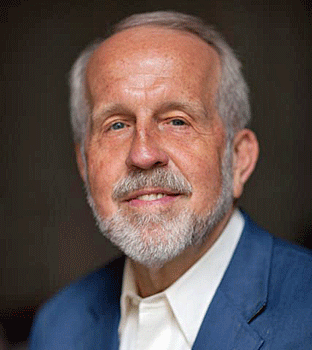
Brian E. Jones, 80, organist and choir director, died November 17, 2023. A native of Duxbury, Massachusetts, he began piano studies at age eight and discovered the pipe organ soon thereafter. During his first visit to Trinity Church, Copley Square, Boston, Massachusetts, as an eager 10-year-old, he was said to have exclaimed, “I want to be the organist here someday!” Some three decades later, his dream became a reality.
After earning an undergraduate degree from the Oberlin Conservatory of Music, Jones landed a teaching position at Noble and Greenough School, Dedham, a post he would hold for the next twenty years. Concurrently, he completed the Master of Music program at Boston University. While at Noble and Greenough he conducted numerous choral groups and expanded the music program to include the production of a wide variety of musicals.
Soon after commencing his teaching career, Brian was appointed music director of the Dedham Choral Society, a position he held for 27 years. During his tenure, the group grew in size from 25 to 150 members, expanding their audiences by performing in Symphony Hall and Jordan Hall in Boston. In 1984, Jones fulfilled his childhood dream when he was appointed director of music at Trinity Church, Boston. Over the next two decades he and his choirs produced five recordings, including Candlelight Carols Christmas CD. In addition to his work as a choral conductor, Jones enjoyed a solo organ career, performing concerts and dedicatory recitals in churches and cathedrals throughout the United States and England. Upon assuming the mantle Emeritus Director of Music and Organist at Trinity Church in 2004, Jones accepted interim positions from as far afield as Albuquerque, New Mexico. In 2007, a number of former Trinity choir members coalesced to form The Copley Singers under Jones’s direction. This semi-professional group of musicians began performing together several times each year, most notably during the holiday season.
Brian E. Jones is survived by his husband, Michael Rocha, with whom he shared the past 35 years, as well as two children, Eliza Beaulac and her husband, Joe, and Nat Jones and his wife, Kiera; four grandchildren and one great-grandson. A celebration of life is planned for spring. Memorial gifts in memory of Brian Jones may be made to the Parkinson’s Foundation (https://www.parkinson.org/).
Other recent obituaries:

